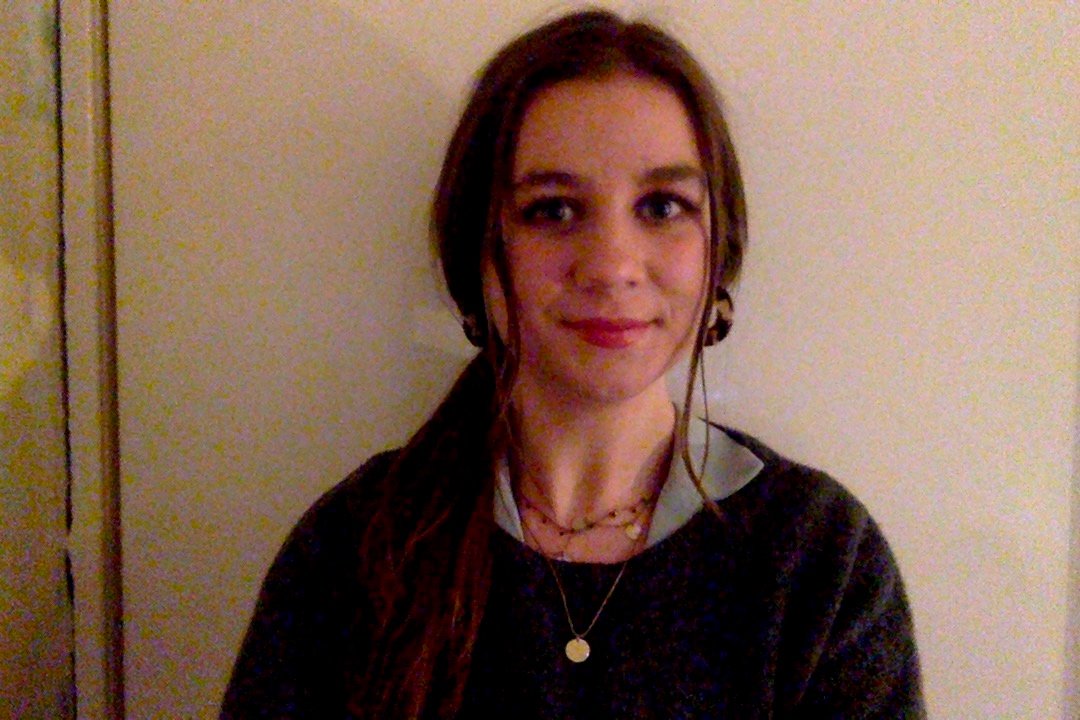We talk about feeling chemistry with people, getting butterflies in our stomach and reaching that point of infatuation with another where you're checking their Instagram constantly.
But how does true love actually form? Moving from a loving attachment to what we know as falling in love can depend on many factors. For one, we know that two people have a greater chance of falling in love if they live close to each other, and if they frequently see each other. This close proximity makes people more likely to form and build romantic relationships.
But how long could it take humans to actually fall in love? Scientifically speaking, it's an incredibly difficult question to answer...
How long does it take to fall in love?
Unfortunately, even the experts can’t put an exact timeline on these things. It's a rare area where scientists across disciplines agree: there’s not a set number of days, years or seasons to fall in love.
“We want a simple answer, but it’s more nuanced than that. I think it differs based on different people, different contexts, different ways of meeting each other. So there are a lot of individual differences in people who are in a relationship, and that might impact how long it takes to fall in love with another person,” says Professor Saeideh Heshmati, a positive development psychologist.
Dr Sandra Langeslag, a behavioural neuroscientist at the University of Missouri, says although we can measure different levels of love in couples over time, it's difficult to pinpoint when these feelings first take form.
“We can observe changes in love over time. We do know that infatuation decreases relatively quickly over time. Although we don’t have a strong number, the butterflies in your stomach go away. That can develop into attachment – and some data shows that attachment decreases over the course of decades and married couples,” she adds.
However, in the animal kingdom, scientists have discovered romance forming quickly between certain species. Prairie voles can form ‘pair bonds’ (akin to human relationships) lasting a lifetime within a single day.
According to behavioural neurobiologist Professor Steven Phelps, this starts with an intriguing behaviour wherein they mate over and over for up to six hours. This suggests that, like people, prairie voles don’t just have sex for reproduction.
Is love at first sight real?
While this isn’t something we can easily measure, Langeslag says it’s likely that love at first sight does exist simply because people report that it exists.
"Some people will fall in love maybe only once in their lifetime. Some people fall in love a zillion times, then other people are in love with someone different every week," she adds. "There are huge individual differences in how quickly people fall in love, how often they are in love, or whether they fall in love or not at all,” she says.
In 2014, researchers from the University of Chicago tried to put love at first sight to the test. They showed participants a range of images and tracked their eye movements. While they couldn’t pinpoint the phenomenon exactly, scientists were able to distinguish between eye patterns associated with lust and romantic love.
Read more:
According to Langeslag, love at first sight does not guarantee that a romance lasts, though. “Attraction helps humans bond and reproduce, but it’s infatuation and attachment that helps humans stay together and, in evolutionary terms, take better care of our children,” she says.
Still, if your eyes meet across a room and you feel a flutter, following that feeling might just quickly lead to a lifelong bond – particularly if you're a prairie vole.
This article was originally published in 2021

